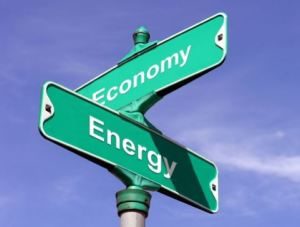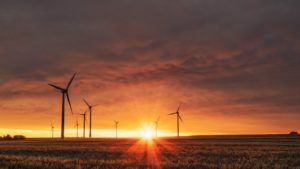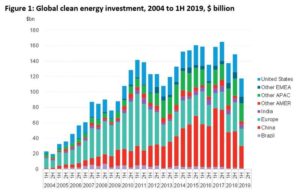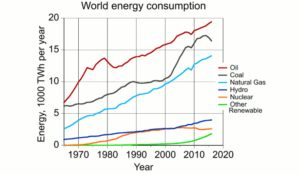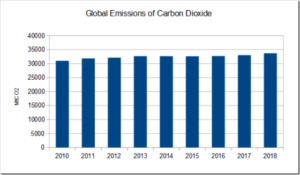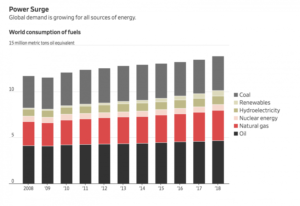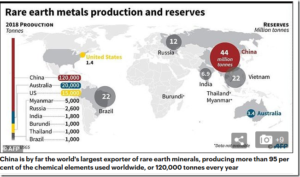by Reuters, July 23, 2019 in WUWT
SANHE, China (Reuters) – China Energy Group, the country’s biggest power generator, will add more than 6 gigawatts (GW) of new ultra-low emission coal-fired capacity this year as it bids to meet growing electricity demand, a senior official with the firm said on Thursday.
The company also expected to build another 5 GW of low-emission capacity next year, Xiao Jianying, the head of the state-run firm’s coal-fired power department, told Reuters.
“China still has quite a big demand for electricity. The government now supports regions with poor wind and solar resources to use coal-fired power … it’s a more practical measure, as gas is still too expensive,” said Xiao.
China Energy operated coal-fired plants with a total capacity of 175 GW at the end of 2018, 77.4% of its total capacity and about 10% of the entire country’s capacity.
Xiao said the company would gradually shut down small and polluting coal-fired power units and replace them with efficient ones, noting that total capacity would continue to increase but at a slower rate of growth.
The firm is also planning to launch another carbon capture and storage (CCS) project in northwest China next year as part of its efforts to reduce the environmental impact of using coal, company officials said. It already runs a CCS plant at its coal-to-oil facility in Erdos in Inner Mongolia.
China, the world’s biggest greenhouse gas emitter, has vowed to control new coal production and new coal-fired power capacity as part of its commitments to curb pollution and tackle global warming. However, it has shown signs of relaxing restrictions in recent months amid an economic slowdown.
…

